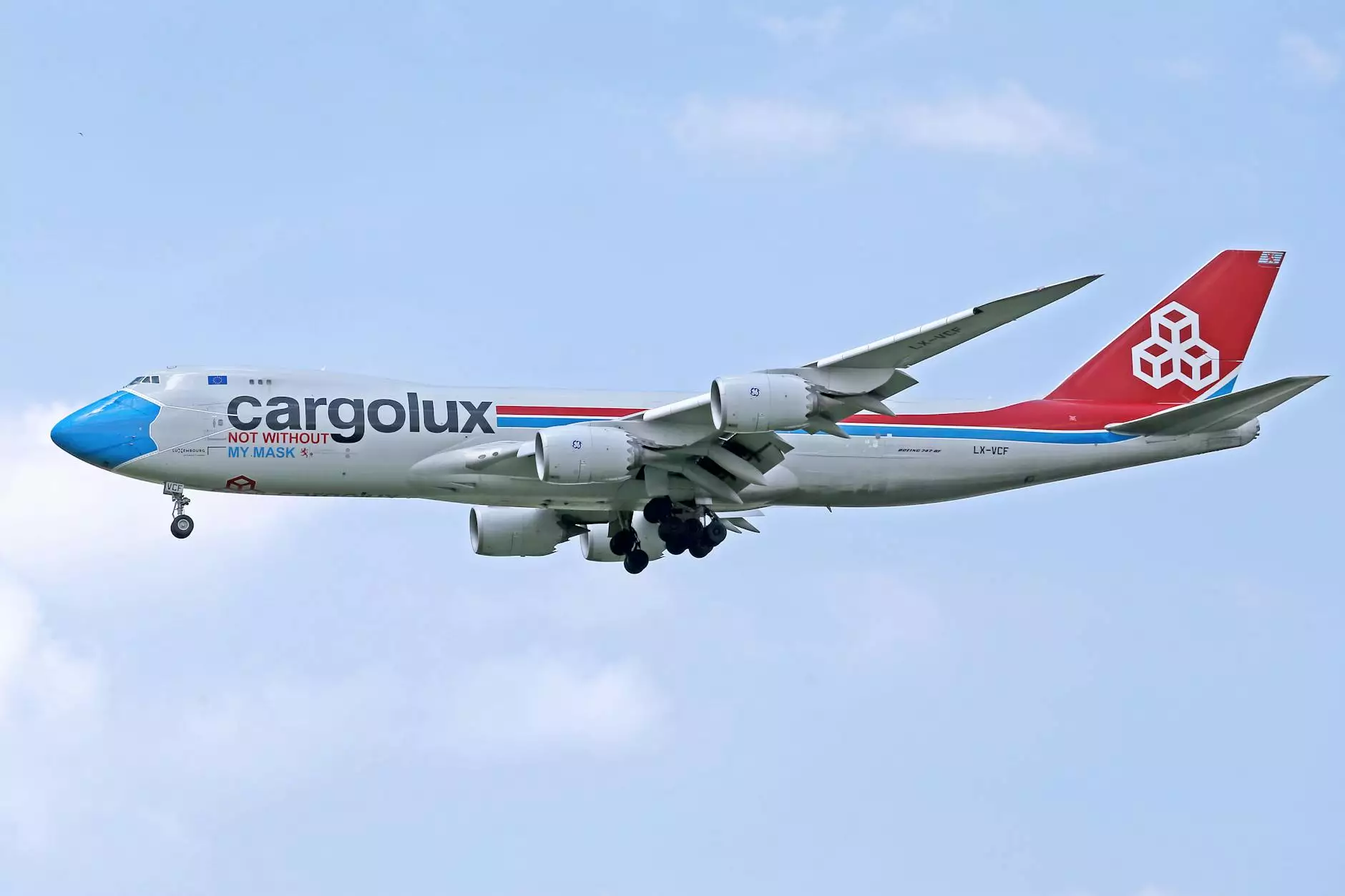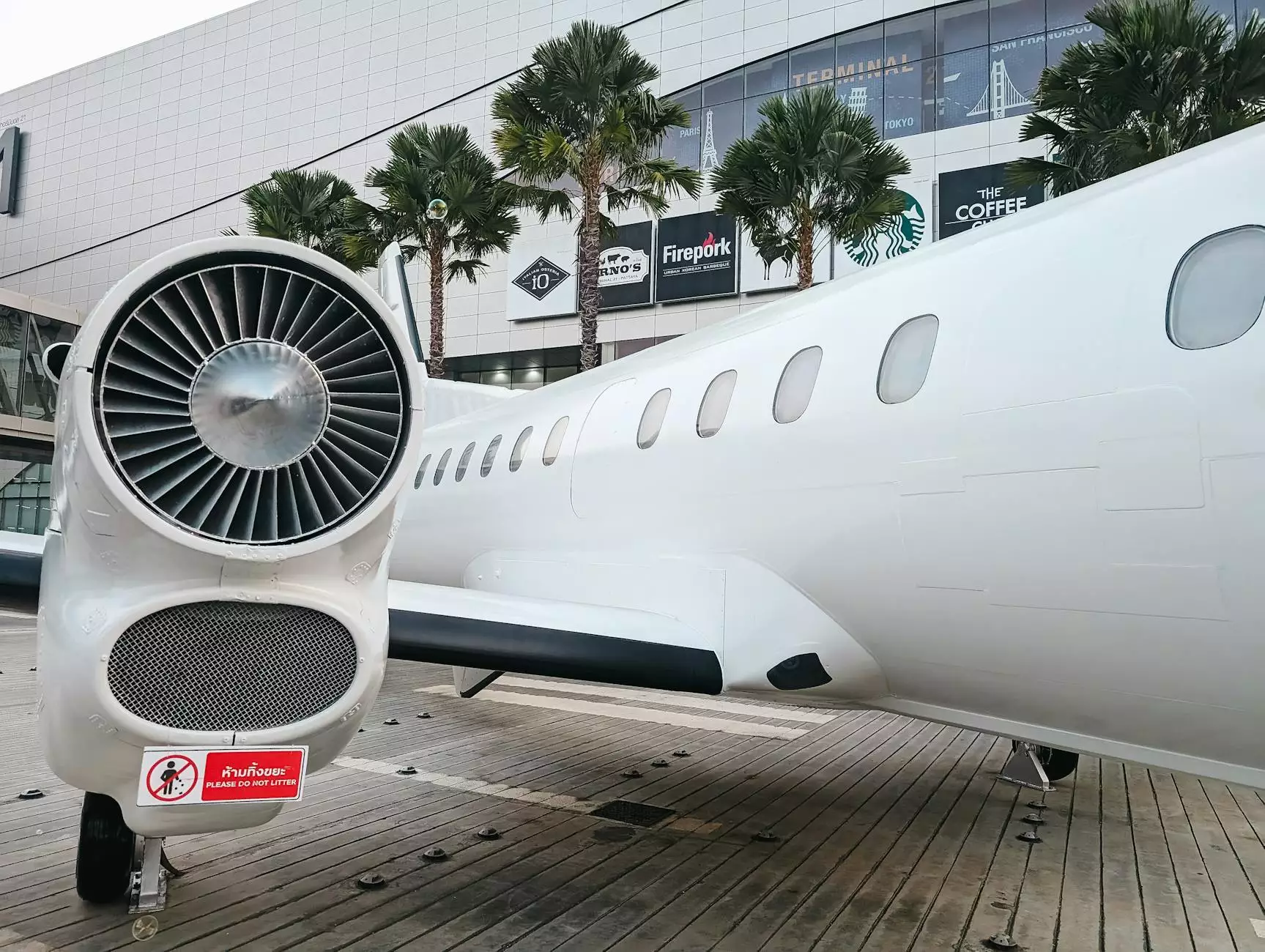Understanding Airplane Shipping Costs: A Comprehensive Guide for Businesses

Airplane shipping costs can significantly impact the overall budget and operational efficiency of your business. In today's globalized marketplace, the need for prompt and reliable shipping methods has never been more crucial. This article delves into the various factors that influence these costs and provides actionable insights for businesses aiming to optimize their shipping strategies.
The Importance of Airplane Shipping in Modern Logistics
Airplane shipping plays a vital role in logistics, particularly for businesses requiring fast delivery of goods. Unlike ground transportation, air freight allows for quicker transit times, reaching international destinations within hours rather than days. This speed is particularly beneficial for industries that deal with perishable goods, high-value items, and urgent shipments.
Benefits of Airplane Shipping
- Speed: Air shipping is the fastest way to transport goods, ideal for urgent deliveries.
- Reliability: Airlines have scheduled flights, minimizing delays and ensuring timely arrivals.
- Global Reach: Air freight connects businesses to worldwide markets effortlessly.
- Security: Enhanced security measures reduce the risk of theft and loss during transportation.
Factors Affecting Airplane Shipping Costs
Understanding the key factors that influence airplane shipping costs is essential for making informed decisions. Here are the primary elements that determine the cost of air freight:
1. Weight and Volume of the Shipment
The weight of your cargo is one of the most critical factors in determining shipping costs. Airlines typically use two methods to calculate shipping costs:
- Actual Weight: The physical weight of the shipment measured in pounds or kilograms.
- Dimensional Weight: A calculation based on the dimensions of the shipment, which can often be greater than the actual weight. This is especially important for large, lightweight items.
Depending on which weight is greater (actual vs. dimensional), the airline will apply that figure to calculate the shipping cost.
2. Shipping Distance
Shipping costs vary based on the distance your goods are transported. Domestic flights tend to be cheaper than international ones. The further your destination, the higher the shipping costs. Additionally, routes that are less frequently serviced can incur higher prices due to limited availability.
3. Type of Cargo
The nature of the cargo also affects shipping costs. Different types of goods require different handling and care, which can result in varying logistics costs. For example:
- Hazardous Materials: Shipments involving dangerous goods usually face stricter regulations and thus higher fees.
- Perishable Items: These often require special handling and quicker transit to maintain freshness, influencing costs.
- High-Value Products: Items that are expensive may incur additional insurance costs.
4. Timing and Frequency of Shipments
If your business requires frequent shipping, negotiating rates with carriers can lead to significant savings. Additionally, shipping during peak seasons typically incurs higher costs. Planning shipments during off-peak times can thus result in reduced shipping expenses.
How to Optimize Airplane Shipping Costs
Cost efficiency in airplane shipping is essential for maintaining profitability. Here are several strategies to optimize shipping expenses:
1. Choose the Right Carrier
Selecting the right carrier can make a substantial difference in shipping costs. Compare various airline rates and services to find the one that best fits your needs. Consider factors like speed, reliability, and customer service, in addition to price.
2. Consolidate Shipments
Whenever possible, consolidate smaller shipments into one larger shipment. This practice can help leverage bulk shipping rates, effectively lowering the per-unit shipping cost.
3. Negotiate Rates
For businesses that ship frequently, negotiating rates with air freight carriers can yield considerable discounts. Building a long-term relationship with your preferred carrier can also improve your negotiating position.
4. Utilize Technology
Using shipping software can simplify the process of calculating shipping costs and managing logistics. Many platforms provide real-time comparisons of rates from multiple carriers, helping you choose the most cost-effective option.
5. Monitor and Analyze Shipping Data
Keeping track of your shipping data can reveal trends and opportunities for improvement. Analyze past shipments to identify high-cost areas and assess how to improve them.
Conclusion: Navigating Airplane Shipping Costs
Understanding and managing airplane shipping costs is crucial for businesses that rely on air freight to stay competitive in today’s market. By being aware of the factors that influence these costs and employing strategies to optimize them, businesses can achieve significant savings and ensure the efficient transport of goods. As you seek to grow and expand your logistics capabilities, consider the strategic advantages of air freight within your overall shipping strategy.
Explore Our Services
For more insights into optimizing your logistics and effectively managing airplane shipping costs, consider partnering with CargoBooking.aero. Our dedicated team is here to assist you in streamlining your shipping operations for maximum efficiency and cost-effectiveness.









